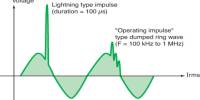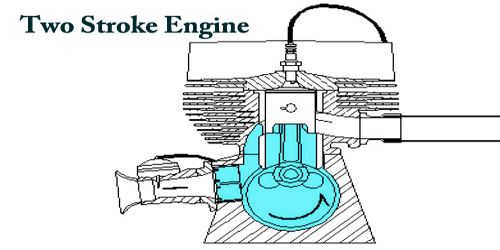Earthquake engineering is a discipline of engineering that focuses on designing and building structures that can withstand the devastating impacts of earthquakes. It is an interdisciplinary field of engineering that constructs and analyses structures like buildings and bridges with earthquakes in mind. The overarching goal is to make such structures more earthquake-resistant.
Earthquakes are triggered by the abrupt release of energy in the Earth’s crust and can cause ground shaking, surface faulting, landslides, tsunamis, and other dangerous occurrences. Earthquake engineers work to reduce the danger of injury, death, and property damage by incorporating various tactics into the design, construction, and retrofitting of buildings, bridges, dams, and other structures.
An earthquake (or seismic) engineer’s goal is to build structures that will withstand minor shaking while avoiding catastrophic damage or collapse in a major earthquake. A professionally engineered structure does not need to be extraordinarily robust or expensive. It must be correctly engineered to withstand seismic forces while incurring a reasonable amount of damage.
Key aspects of earthquake engineering include:
- Seismic Hazard Assessment: Evaluating the likelihood and potential severity of earthquakes in a particular region. This involves studying historical seismic activity, fault lines, ground acceleration patterns, and other geological factors.
- Structural Analysis and Design: Developing structures that can resist seismic forces by incorporating principles of structural dynamics, material science, and architectural design. This includes designing buildings with appropriate stiffness, strength, and ductility to withstand ground motion.
- Retrofitting and Rehabilitation: Upgrading existing structures to improve their earthquake resistance. This may involve strengthening structural elements, adding damping systems, or modifying the building’s foundation.
- Soil-Structure Interaction: Consider the interaction between the soil and the structure during an earthquake, as soil conditions can have a substantial impact on how a building responds to ground motion.
- Codes and Standards: Creating and enforcing building regulations and standards that provide minimum requirements for seismic design and construction procedures. These regulations are frequently modified to reflect improvements in earthquake engineering research and lessons learned from previous earthquakes.
Earthquake engineering is a multidisciplinary field that integrates knowledge from civil, structural, geotechnical, and mechanical engineering, as well as seismology, geology, and architecture. It is critical to reducing the impact of earthquakes while also ensuring the safety and resilience of society’s built environment.
















